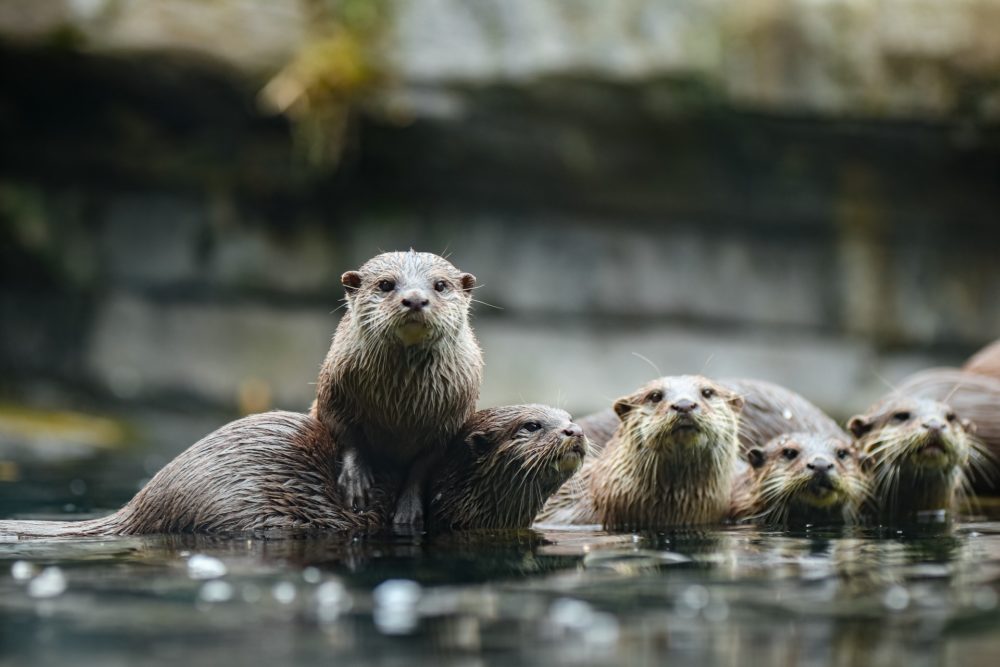
In 2016, Professor Richard Everson and Dr George De Ath (then an MSc student) developed a computer vision technology to identify otters at the National Trust’s Winchester City Mill, thanks to a connection made between the University and IBM’s Andy Stanford Clark.
At an early research review, Richard spoke about a recent project with e-Cow, which used computer imaging techniques to identify lame cows at milking time. Afterwards, a chance conversation between Andy Stanford Clark (UK Chief Technology Officer Distinguished Engineer, at IBM) and the National Trust, where the potential for using the same techniques to monitor otters at the Winchester City Mill became apparent. Following this, the University of Exeter, IBM and the National Trust decided to put together a project which combined Richard’s research, an IBM product and the Winchester City Mill Twitter account.
“Winchester Mill were interested in being able to spot the otters using a fixed CCTV camera on site,” said Professor Richard Everson. “Winchester Mill provided us with the footage, which illuminated moving objects in infrared. From there, we developed software which could [monitor the images and] distinguish otters from other moving animals, such as rats and moths.
“In a way, it was quite a simple set up,” Richard continued, “because we were using a fixed camera looking at a fixed background. So, what we built was something particularly specialised for that kind of set up. This meant the technology had very good detection rates and very few false positives.
“When the tool was installed on a machine at Winchester Mill, we then [tasked the software] to detect the most otter-looking picture, which was then tweeted automatically – with a little time delay to avoid visitors rushing immediately to the spot and disturbing them – to the Winchester Mill Twitter account.”
The working tool led to benefits for different stakeholder communities, including visitors, the Winchester Mill team, and researchers from both the National Trust and University of Exeter.
The tool increased visitor footfall at the National Trust’s Winchester Mill, by enabling visitors to find out when the otters had recently been active and, in turn, encouraging them to visit the site.
By building up a clearer picture of otters’ activity at the Winchester Mill site, the tool helped to inform data about otters’ breeding patterns, in a National Trust research project.
From a University perspective, this project showed how the close relationship with IBM creates opportunities where academic research can be applied in a real-world context. For Prof Richard Everson and George De Ath, the project gave them the chance to ‘test out’ the latest image mapping technology in practice, developing ideas that contributed to De Ath’s later PhD in computer vision, which Richard supervised.